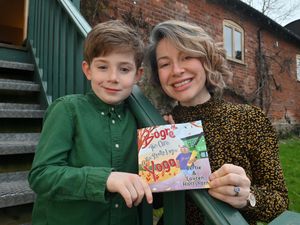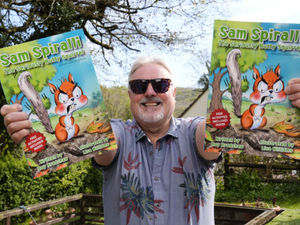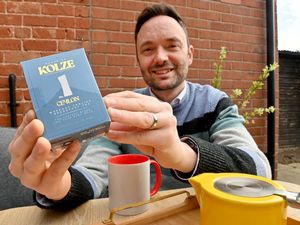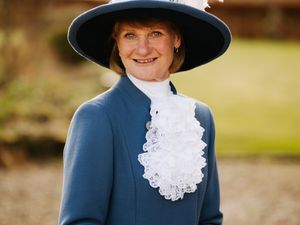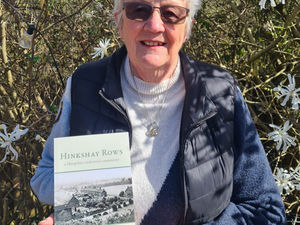Heroes take flight as book looks back at forgotten airfields
They thrilled to magnificent men in their flying machines, they throbbed and hummed to the roar of warplanes. And now, hardly any are left.
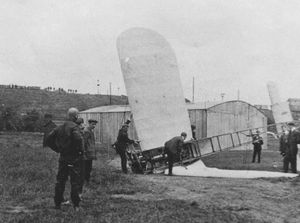
But the disappeared airfields of Staffordshire have been brought to life once more by Wolverhampton aviation historian Alec Brew in a new book which charts the history of aviation in the area.
"Staffordshire is one of the few counties to be able to boast that it has had airfields for more than a century," said Alec.
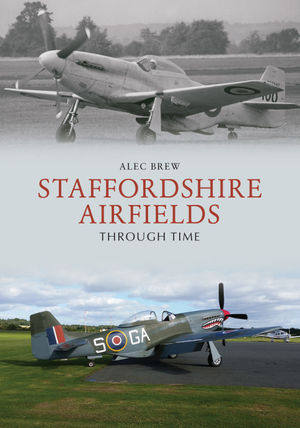
He traces the dawn of local flying to the first ever All-British Flying Meeting held at Dunstall Park racecourse in Wolverhampton in June 1910.
It involved the erection of a wooden control tower and featured Wolverhampton's first aircraft, built by a Wolverhampton plumber, Edgar Hartill, on a commission from a Birmingham doctor, a Dr Hands.
"Hartill had clearly copied one of the well-known successful aircraft of the day, the Santos-Dumont Demoiselle. Unlike the Demoiselle, the Hartill Monoplane failed to leave the ground," says Alec in his book.
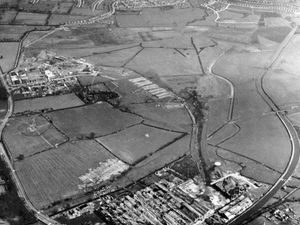
During the First World War an airfield was established at Fern Fields, Perton, as part of the defence against Zeppelin raids, and in the 1920s nearby Perton Ridge was used to launch rudimentary gliders.
Civic pride saw a programme of 1930s building of municipal airports, including at Pendeford, and Walsall Aerodrome at Aldridge.
"Wolverhampton managed to attract Boulton Paul Aircraft to build its new factory adjacent to the new airport and gave the company free flying rights for 100 years."
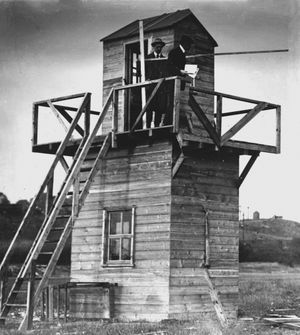
The Second World War prompted a massive airfield building programme, including bomber training units at Hixon and Lichfield, and large training airfields at Wheaton Aston and Halfpenny Green.
Among the airfields to spring up were at Penkridge and Seighford, while Alec says arguably the most important RAF base was at Stafford, although this was a vast storage facility without an airfield. He says that nevertheless light aircraft could, and did, land nearby.
Alec, who is curator of the Tettenhall Transport Heritage Centre, said: "By the end of the Second World War there were 15 active airfields in Staffordshire. The end of hostilities brought the closure of most of them."
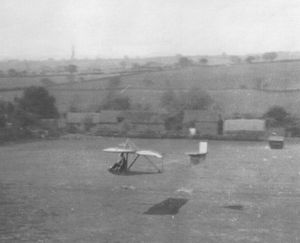
Walsall's airport saw little post-war flying and closed in 1956, while Wolverhampton airport closed in 1971 after Boulton Paul waived its flying rights.
"At the time of writing there are just two full airfields in Staffordshire, at Halfpenny Green and Tatenhill, plus the microlight airfields at Otherton and Roddidge and the glider airfield at Seighford.
"In addition, a busy farm strip at Yeatsall Farm operates just over the road from the former RAF Abbots Bromley.
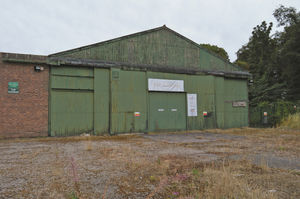
"Several of Staffordshire's airfields – Pendeford, Stoke, Perton and Battlestead Hill – are now housing estates, while the buildings of Lichfield, Seighford and Hixon have been incorporated into large industrial estates.
"The First World War airfield at Perton is a golf course, Dunstall Park continues as a horse-racing venue, and Wheaton Aston, Teddesley Park, Hoar Cross and Abbots Bromley have returned to agriculture."
Staffordshire Airfields Through Time is published by Amberley and costs £14.99.

